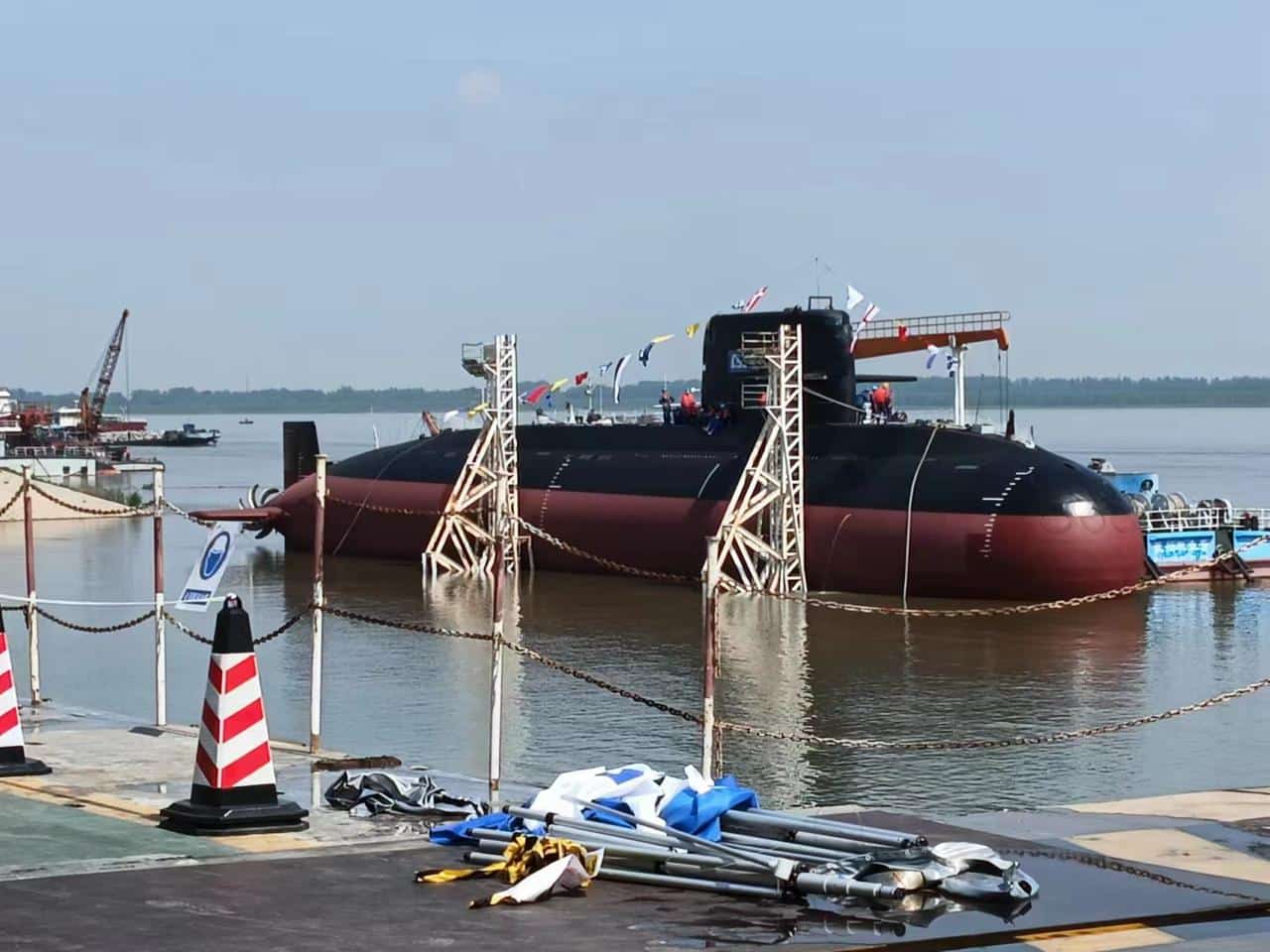SOURCE: AFI

Retired Rear Admiral Sudarshan Shrikhande, a former Indian Navy chief of staff and naval intelligence head, expressed concern about Pakistan’s potential nuclear ambitions in a recent interview with NEWS9.
Shrikhande focused on the Hangor-class submarines, an export variant of China’s Type 039A Yuan class, being acquired by Pakistan. These diesel-electric attack submarines are equipped with six 533mm torpedo tubes and reportedly have the capability to launch nuclear-armed Babur-3 cruise missiles with a range of 450 km.
Shrikhande linked this development to Pakistan’s potential pursuit of a nuclear triad, a military strategy that incorporates the ability to deliver nuclear weapons by land, air, and sea. This, he suggests, could be a response to India’s own nuclear-powered ballistic missile submarines (SSBNs) of the Arihant class.
Some analysts, as Shrikhande highlights, view the deployment of the Babur-3 on these submarines as a possible attempt by Pakistan to establish a credible second-strike nuclear capability. This refers to the ability to retaliate with nuclear weapons even if it suffers a nuclear attack first.
Shrikhande’s remarks underscore the potential risks associated with an arms race in the region, particularly regarding nuclear weapons and delivery systems. The development of second-strike capabilities by both India and Pakistan could heighten anxieties and increase the chances of a miscalculation.